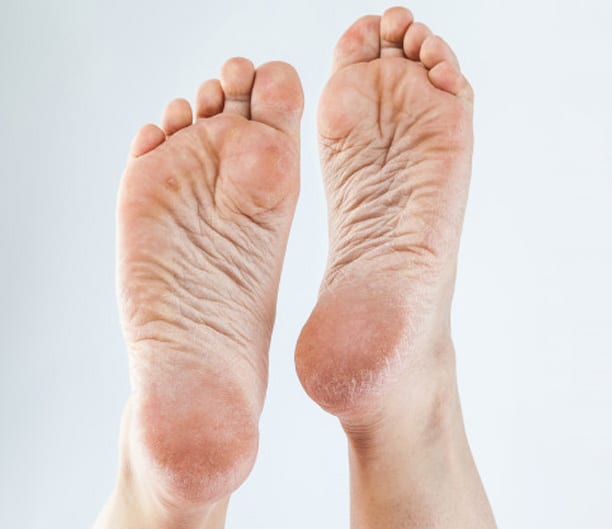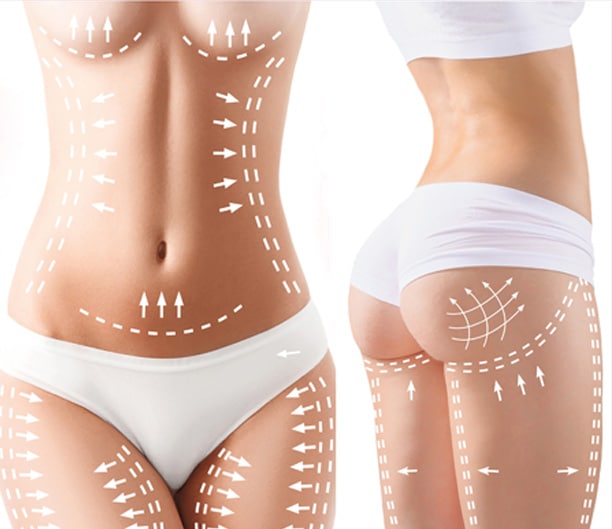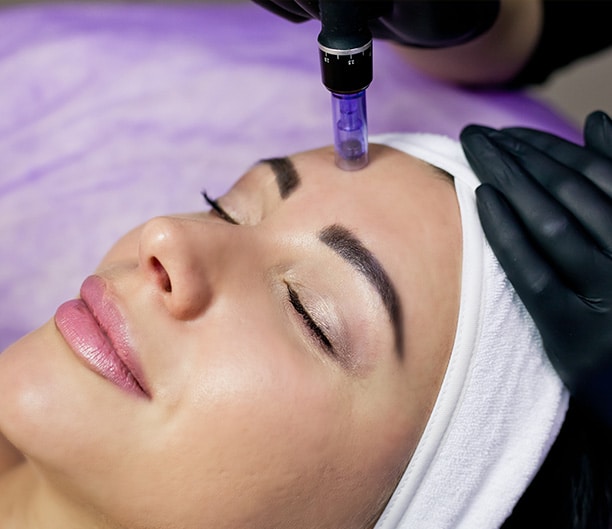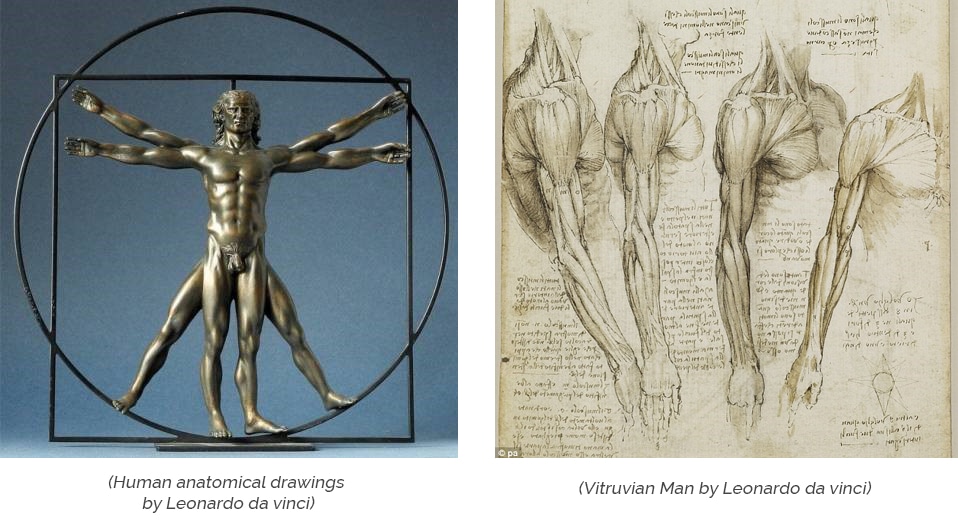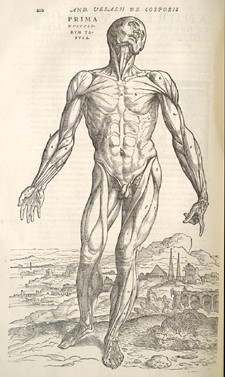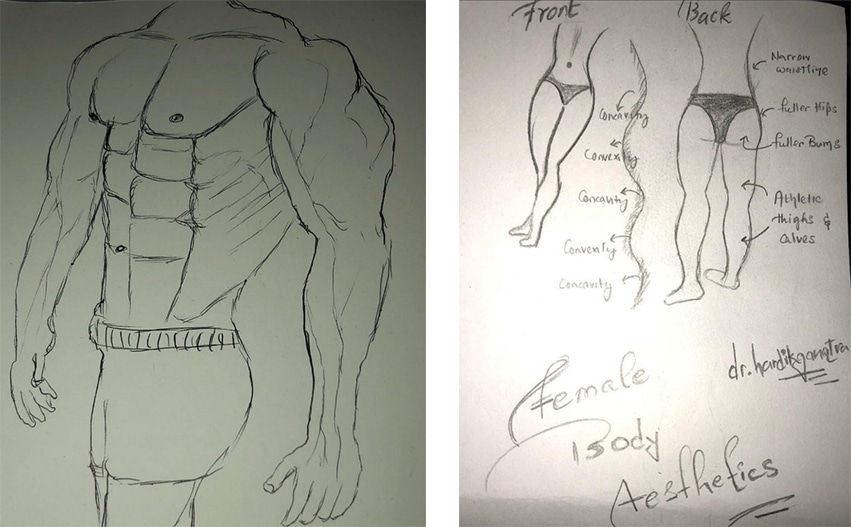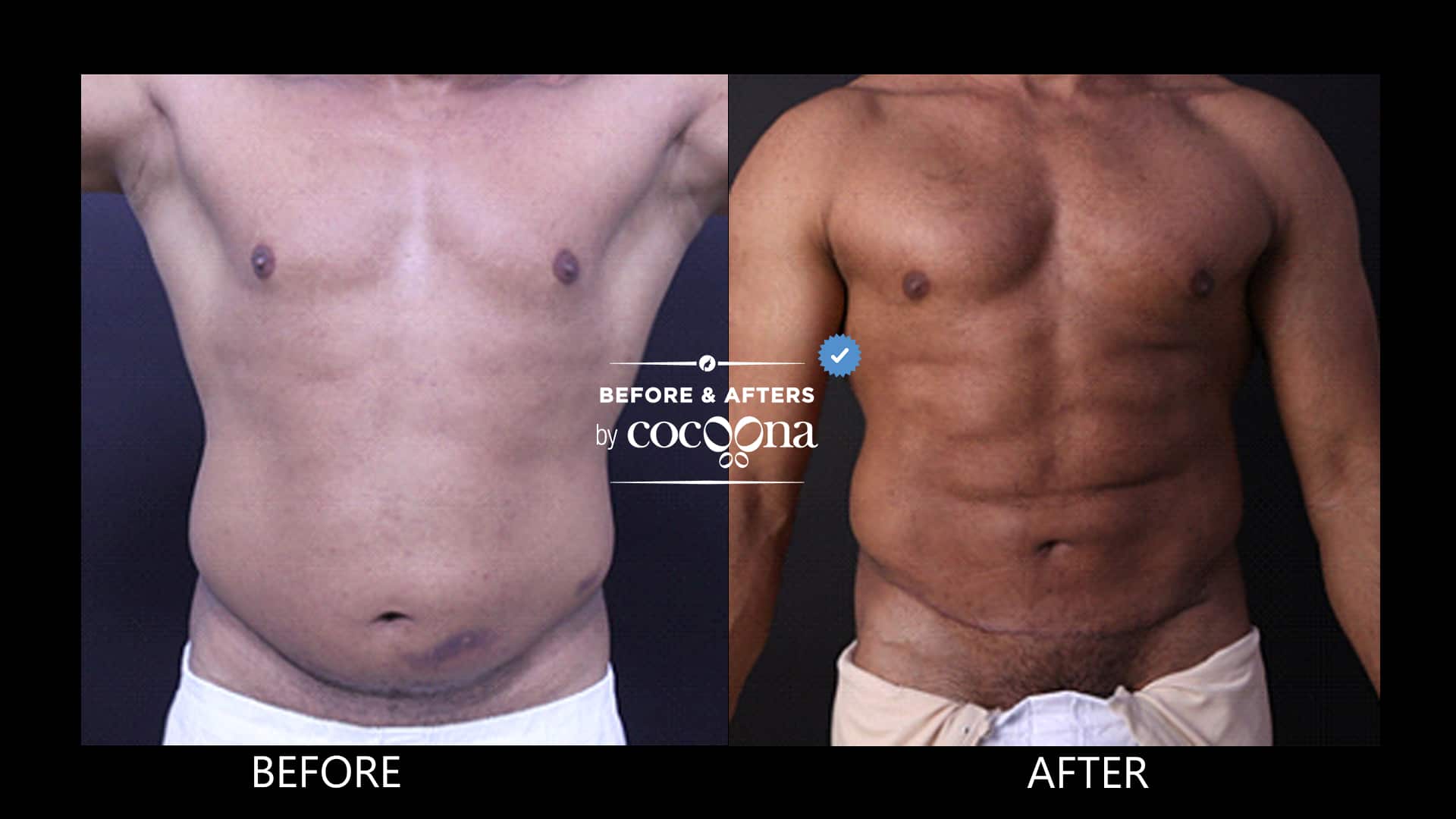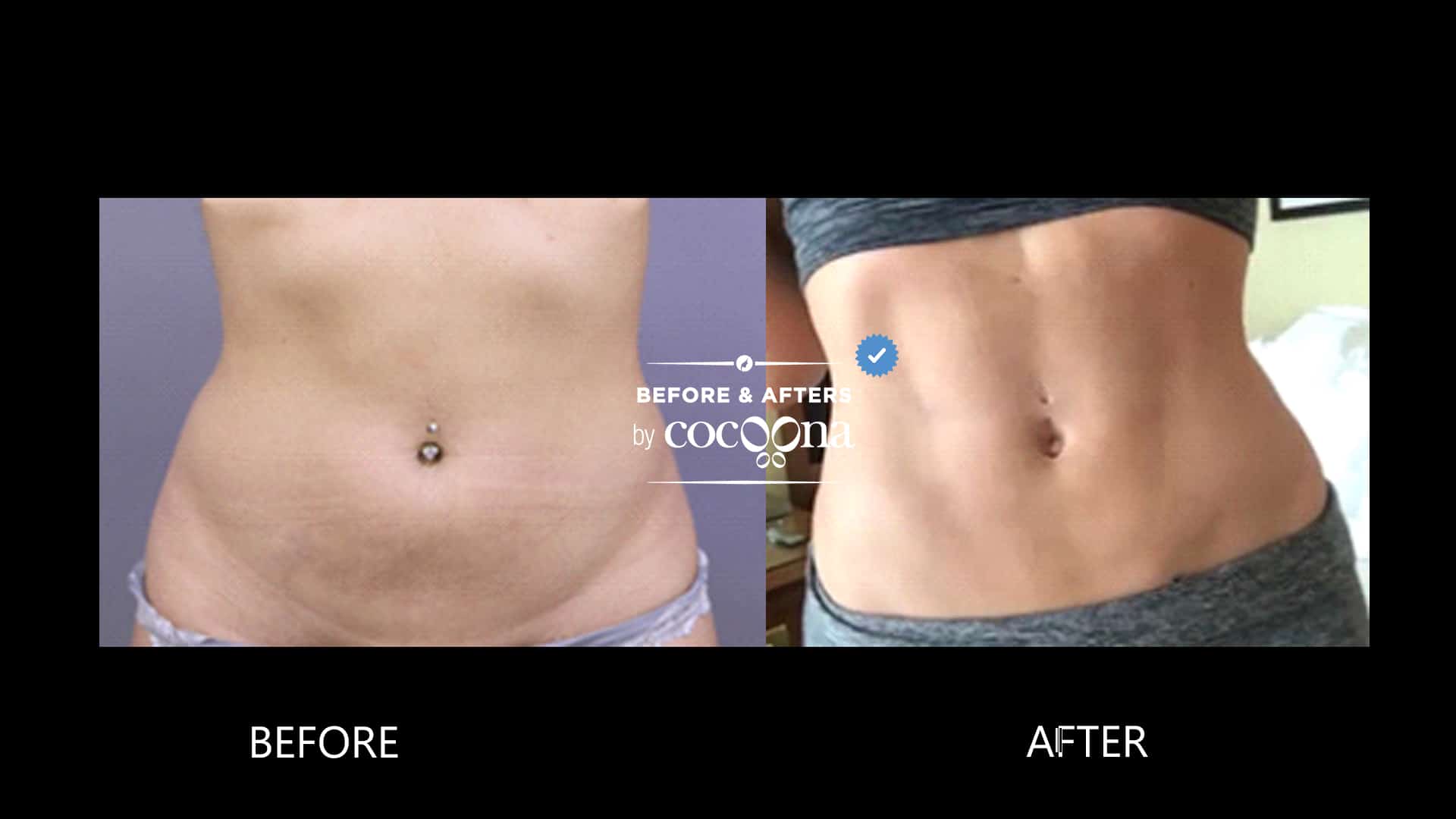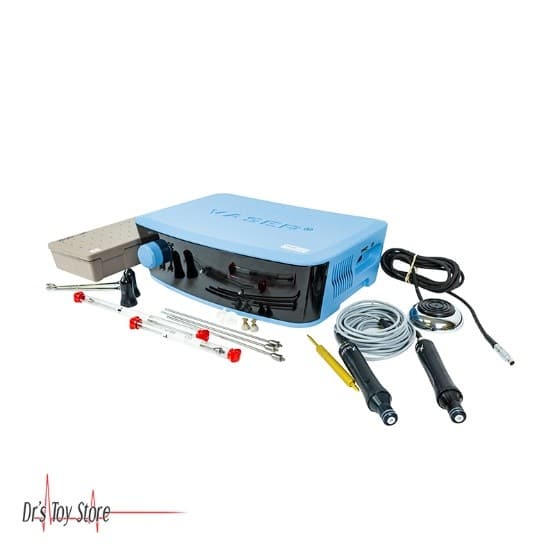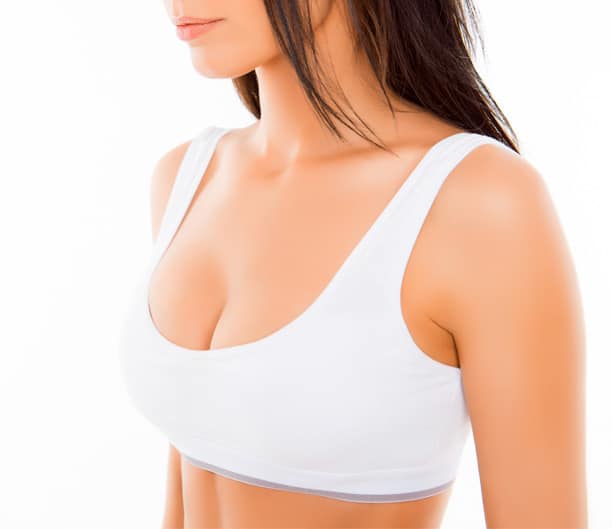Motherhood and pregnancy are among the most gratifying periods of a woman’s life. However, there comes along a lot of changes in the physical appearance following pregnancy. We all know that during pregnancy the abdomen is stretched to accommodate the growing fetus and there is a lot of weight gain. Infact, the body undergoes a lot of unseen changes due to physical nature of the pregnancy itself but most importantly from the hormonal changes.
Mainly changes result in the breast and abdomen, though other areas like the arms and thighs also undergo changes. Some women may have significant fluctuations in weight.
Most common breast changes include skin laxity and sagging, nipple enlargement, volume depletion and stretch marks. Some women develop enlargement of breasts following pregnancy and lactation.
Similar changes can occur in the abdomen. Stretch marks, lax skin and increase fat are all common changes. In addition, the muscles of the abdominal wall can become become weak and separated in the midline which is called “divarication of recti”.
These changes can be addressed by multiple procedures and some can be performed simultaneously. The optimum results are achieved when diet and exercise are used in combination with surgical and nonsurgical modalities.
What is a mommy makeover?
“Mommy Makeover” is a term mainly used to describe rejuvenation of the breasts and abdomen, to address some of the common physical changes that can occur following pregnancy.
What are the different options for a Mommy Makeover?
Surgical options vary depending upon a woman’s personal goals.
In general, it is some combination of the following:
- Breast lift, with or without augmentation if a woman has sagging breast with or without volume depletion
- Breast reduction if the breasts are excessively large and causing discomfort, the size may be reduced.
- Abdominoplasty (also known as a tummy tuck); mini-abdominoplasty (mini tummy tuck). In abdominoplasty, the abdominal muscles are tightened and excess lower abdominal skin with stretch marks is removed.
- Liposuction: stubborn fat is removed from areas like the abdomen (which is often combined with abdominoplasty), back, thighs, arms etc.
- Some women request genital rejuvenation.
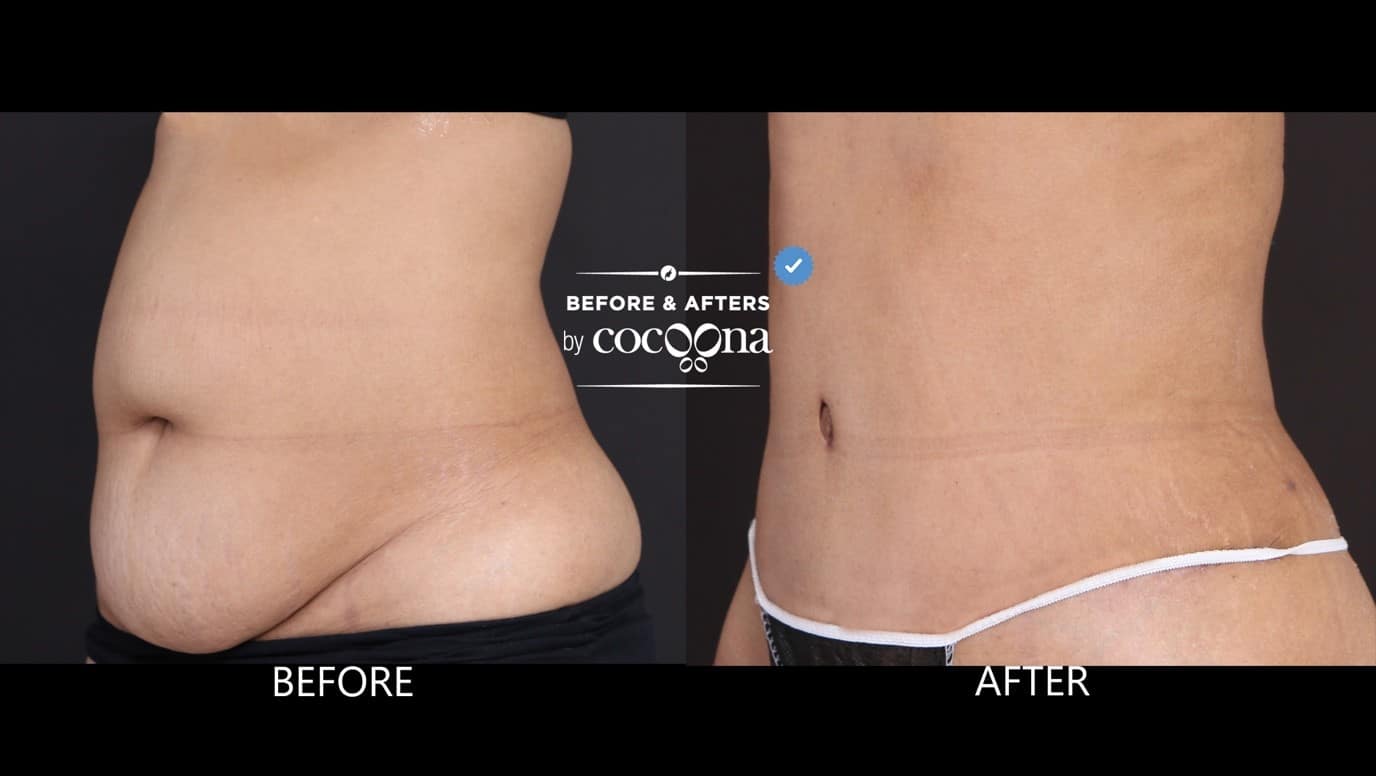
Fig. 1
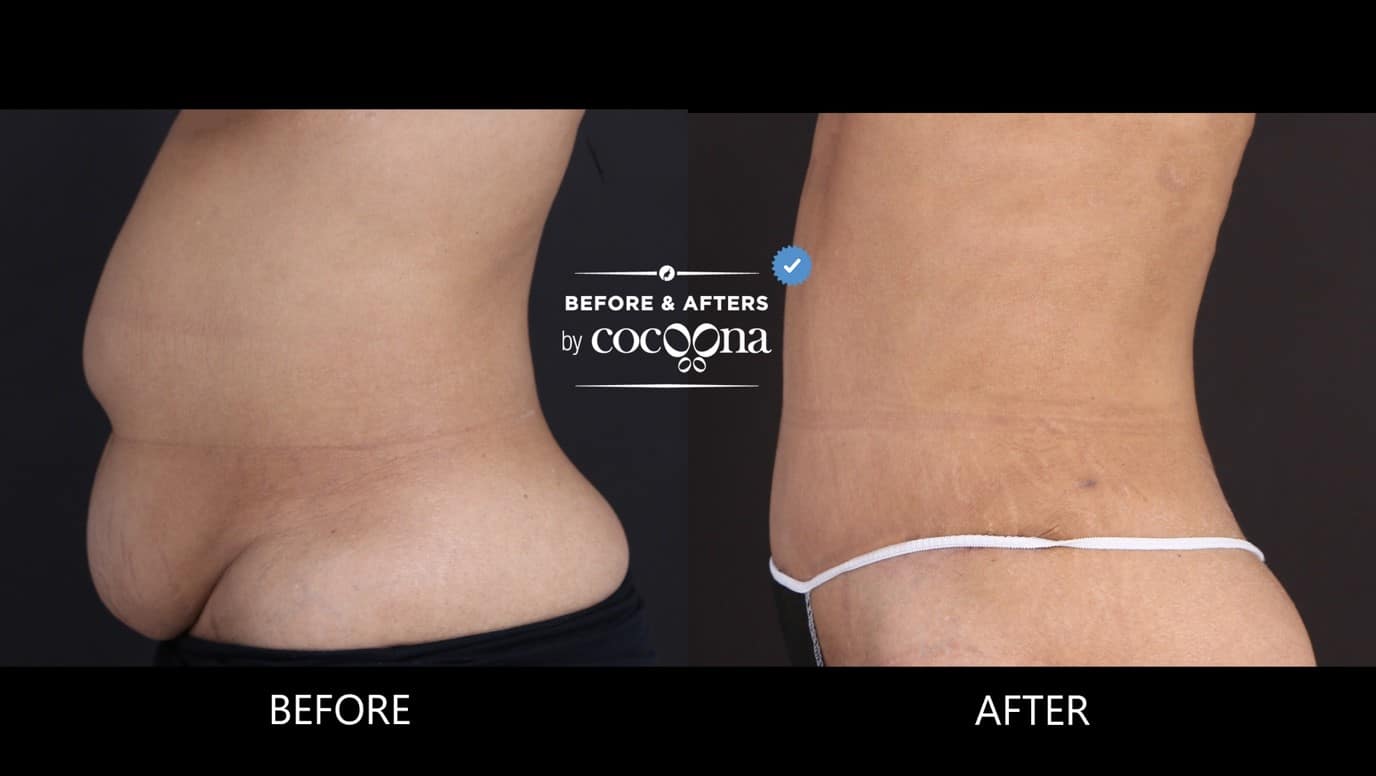
Fig. 2
Above patient underwent lipoabdominoplasty along with augmentation mastopexy after completing her family. She now exudes more confidence and self love.
Is it safe to combine multiple procedures in a mommy makeover?
It is a common practice to combine breast and abdominal surgery and it is safe in experienced hands. However, every patient is unique and should be properly evaluated by the surgeon to make sure the candidate is fit to undergo a combined procedure.
Who is an ideal candidate for a mommy makeover?
An ideal candidate is a woman who has completed her family and has achieved a stable weight and a healthy BMI. Significant weight gain or loss after surgery may compromise the final result.
How soon after having children can I have a mommy makeover?
Women considering mommy makeover should wait until six months after completing breastfeeding. This allows your hormones to return to normal levels and the breasts to stabilize in size and shape, hence allowing accurate surgical assessment. It will also give you enough time to hit your target weight as it recommended that you maintain a stable weight and healthy BMI before seeking a mommy makeover.
Can I have more kids after my Mommy Makeover?
If more children are planned in the near future for instance next 2-3 years, then it is best to postpone the surgery, especially on the abdominoplasty. However, if you intend to wait for several years to have more children, then surgery can help you enjoy your body during the long interval. Additional pregnancies are possible following mommy makeover and it will not affect your pregnancies or ability to become pregnant in any way. However, the result from surgery may be compromised if the tissues are stretched again with another pregnancy.
Will a caesarean section or hysterectomy affect Mommy Makeover results?
No, the incision for the abdominoplasty is at the same level on the lower abdomen. Infact, abdominoplasty can remove this scar and skin in order to smoothen the contour.
How can I maintain results after a mommy makeover?
You will be able to enjoy the results of mommy makeover by maintaining a healthy lifestyle and an ideal body weight, avoiding smoking and excess weight gain. With regards to the breasts, we recommend that you continue to wear breast support to minimize gravitational effects on the breasts.
About myself : I am a board certified Plastic surgeon with over 10 years of experience. Mommy makeover is my favorite of all plastic surgery procedures. I enjoy performing the surgery but more content to see when my patients step in our clinic with greater confidence and a whole new and improved version of themselves. You can reach me at [email protected] for any further enquiries on mommy makeover. I will be happy to answer them for you.



